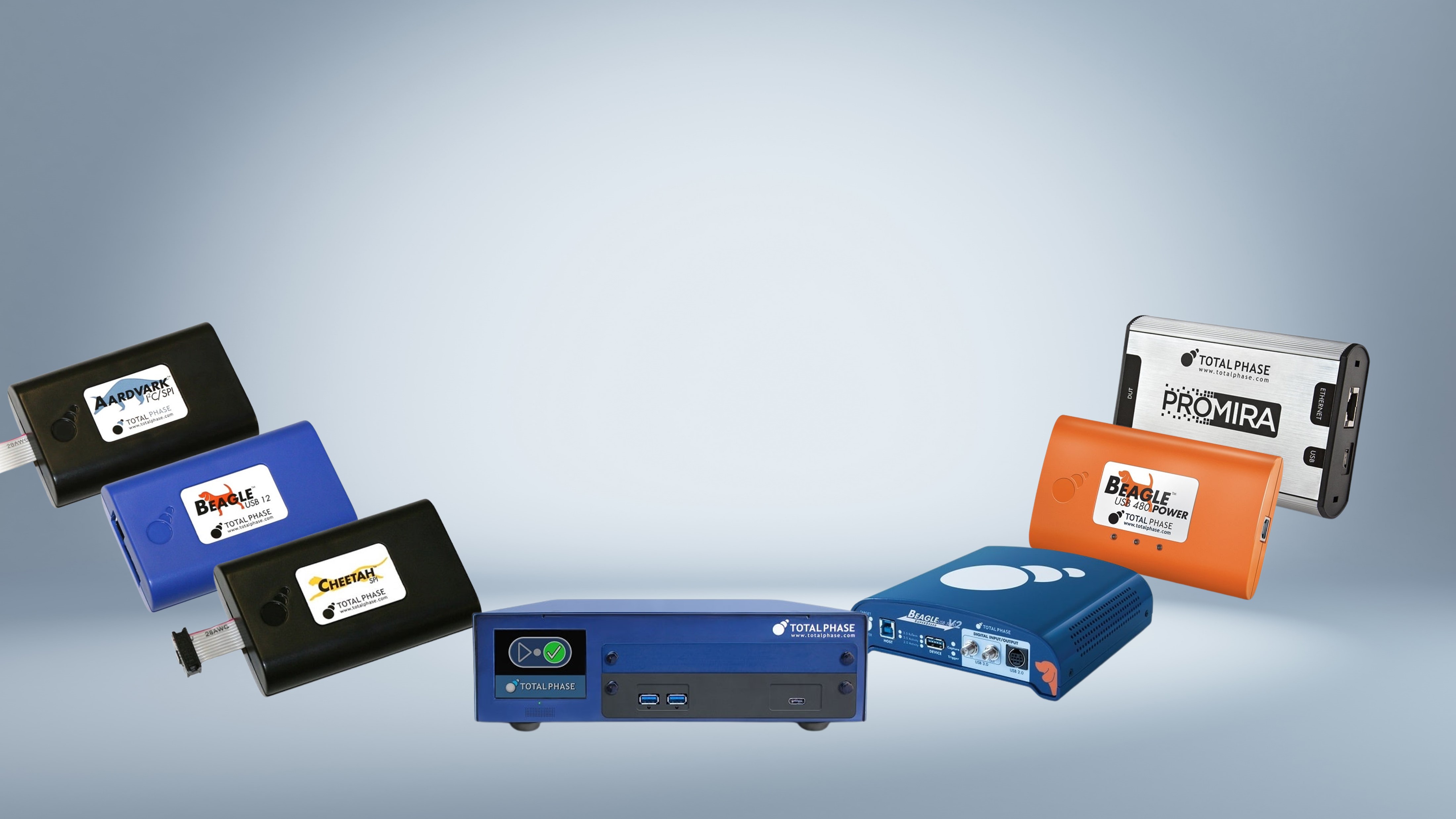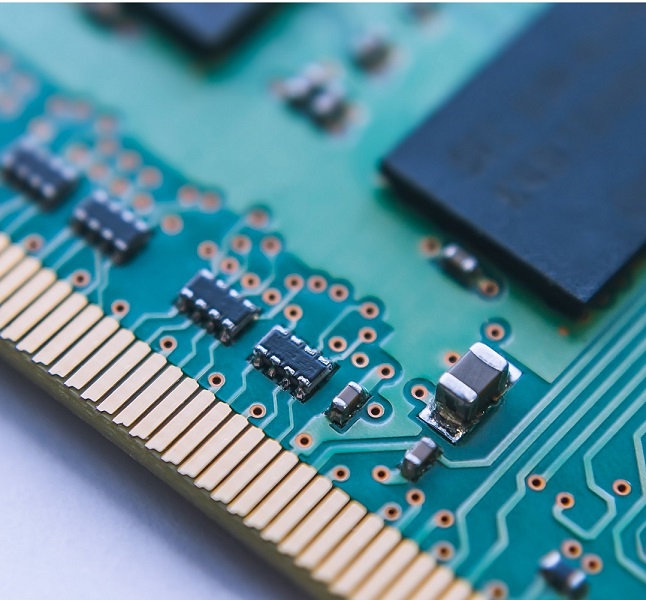
What are the differences between DisplayPort vs HDMI?
HDMI and DisplayPort are the two recognized standards for transmitting video and audio data over a single cable. Over the years, these two standards have evolved greatly with each new specification, each offering improved performance and capabilities, including significant increases in bandwidth, speed, and other supported features.
Because both standards are widely used in the industry, it can be difficult to identify their differences and why one standard is better suited for certain applications. Here, we'll help distinguish between the two standards by explaining their backgrounds and discussing their current features and capabilities.
Background of HDMI and DisplayPort
HDMI, or High-Definition Multimedia Interface, was first introduced as a standard in 2002 to enable the transmission of uncompressed high-definition video, multichannel audio, and data over a single digital interface. A group of display manufacturers, including Hitachi, Panasonic, Philips, Silicon Image, Sony and Toshiba, formed the HDMI Organization to design and oversee the development of this standard.
The conception was driven by the need for a cable to connect video sources to displays, including mainly consumer electronics applications such as DVD and Blu-ray players, televisions and video projectors. Today, HDMI is widely used and we often see HDMI connectors on a large number of televisions and computers in our homes.
The HDMI connector includes 19 pins and offers 3 different connector types, including standard type-A, mini type-C and micro type-D. You may be familiar with the standard Type-A HDMI connector, as it is the most commonly used.
In 2006, the DisplayPort (DP) standard was conceived as a new type of digital display interface to replace the outdated VGA and DVI connectors. It initially focused on computer monitors and professional IT equipment. The DisplayPort standard is managed by VESA (Video Electronics Standards Association), which is overseen by several PC and chip manufacturers including Apple, AMD and Intel.
DisplayPort has 20 pins and has 2 different connector types: DisplayPort and mini DisplayPort. The mini DisplayPort was introduced by Apple and is used in various Apple MacBook PCs, replacing the earlier DVI/VGA connectors. Many of Apple's Thunderbolt ports use the mini DisplayPort connector.
HDMI 2.1 vs. DisplayPort 1.4/2.0 Features and Performance
Resolution, bandwidth and display capabilities
When comparing resolution and bandwidth between the two standards, DisplayPort version 1.4 offers a maximum payload bandwidth of 25.92 Gbps over 4 lanes and is the first standard to support 8K resolution at a refresh rate of 60 Hz with a 4:4:4 full-color resolution and 30 bits per pixel (bpp) for HDR-10 support. However, the most recently released DP specification, 2.0, triples data bandwidth performance up to a maximum payload of 77.37 Gbps and enables multiple configurations with multiple displays beyond 8K. Like DP 1.4, DP 2.0 will include Display Stream Compression (DSC), which provides visual lossless compression for ultra-high resolution
Definition display applications, Forward Error Correction (FEC) and HDR metadata transport.
The latest HDMI 2.1 specification delivers 48 Gbps bandwidth over 4 lanes and also supports 8K resolution with dynamic HDR at a refresh rate of 60 Hz or 4K resolution with dynamic HDR at a refresh rate of 120 Hz. HDMI 2.1 focuses on improving the playback of games, movies and videos with its improved refresh rates, making display images smoother and more seamless. Specifically, this specification adds Variable Refresh Rate (VRR) to reduce and eliminate delays, Quick Media Switching (QMS) to eliminate on-screen image delays before content is displayed, and Quick Frame Transport (QFT) to reduce latency, resulting in fewer delays and a real-time feel when interacting with virtual reality. HDMI can also include an Ethernet channel that allows devices to share a wired Internet connection that can transfer data between two connected devices.
Multiple display capabilities
One of the biggest advantages of DisplayPort is the ability to connect multiple displays together, which is not possible with HDMI. A feature within the DisplayPort standard called Multi Stream Transport (MST) allows the video source to send multiple independent video signals through a single DisplayPort output. This feature allows devices to be connected via an external hub, or as with Thunderbolt, devices can be connected together through a method known as daisy chaining.
Audio
While both HDMI and DisplayPort support high quality audio, HDMI includes a feature not implemented in DP called ARC or Audio Return Channel. This feature allows users to conveniently send television audio back to the A/V receiver or other sound system in use with a single HDMI cable; normally, this would require a second audio-only cable. In addition, HDMI 2.1 enhances the ARC function by introducing eARC (Enhanced Audio Return Channel), which provides improved audio quality due to increased audio bandwidth allocation of up to 37 Mbps.
Which cable should I use?
Nowadays, HDMI is found on most televisions and is considered the standard for video and audio transmission between a video source such as a DVD, Blu-Ray player or PC and a video monitor. DP, on the other hand, which is more of a standard for display interfaces with computers, is also suitable for PC gaming and connecting video game consoles and video graphics cards. However, since both cables offer very similar functions for transmitting video and audio, choosing between the two is a matter of your specific setup and requirements, especially since we see further improvements to each cable standard with each new specification release.









